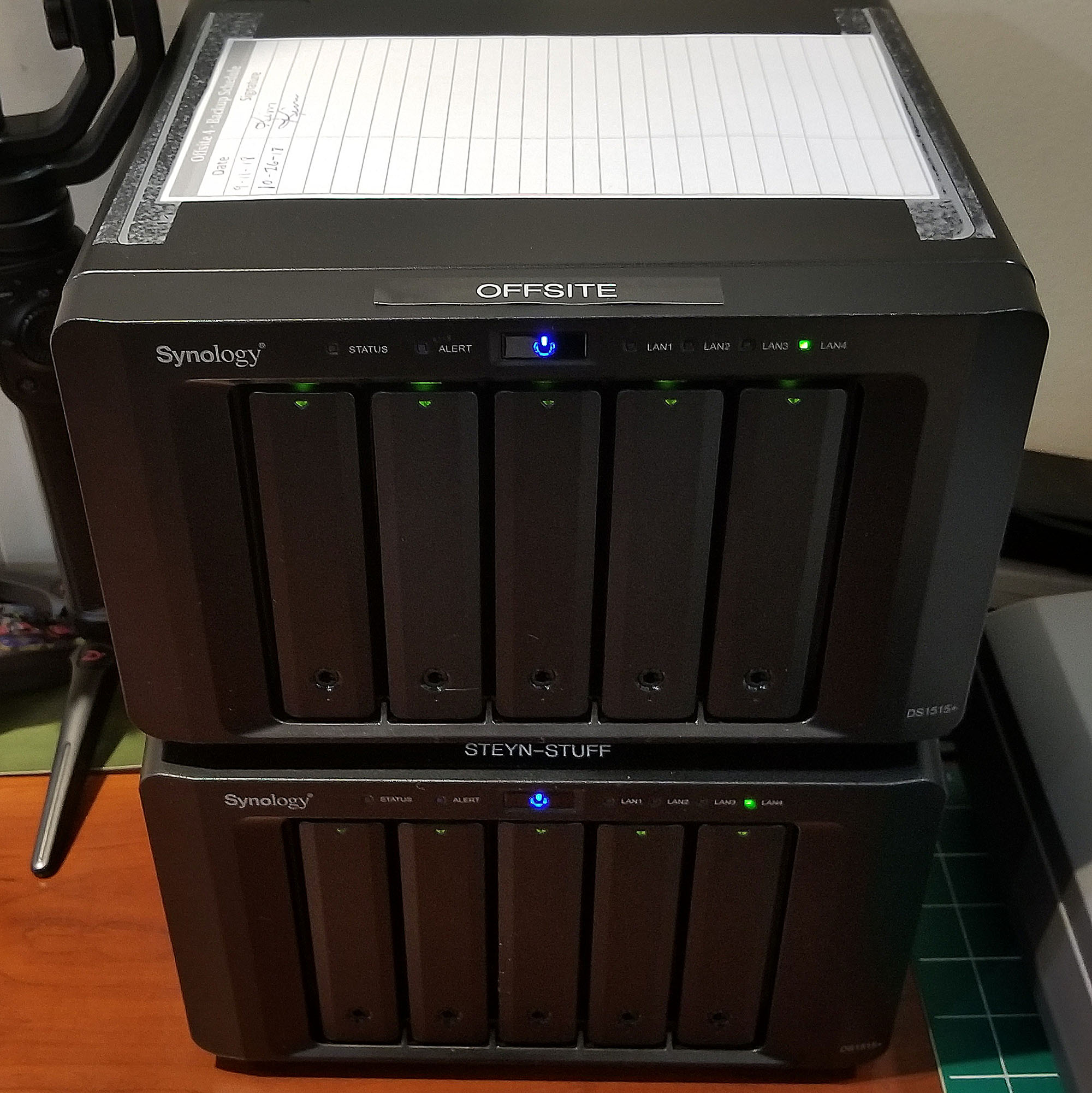
My recommended approach is to use OpenVPN and setup a static IP address for the user you connect with. This process is fairly straight forward, but you need to ensure that you have a way to connect to your remote NAS from your local NAS. This tutorial showed how to backup a Synology NAS to a remote NAS. Conclusion – Backup a Synology NAS to a Remote NAS

Select Apply and the job will start! It will now run based on the frequency selected. This is a setting that you can configure based on your needs.

At this stage, you can enable backup rotation. Keep in mind, if you lose the password or encryption key, this data will be lost forever. This is NOT mandatory, but it adds a layer of security to your backup. Most settings are user-specific, but if you’re backing up your NAS off-site, you probably want to enable client-side encryption. Select the specific applications that you’d like to backup and select Next.ĥ. Select the specific folders that you’d like to backup and select Next.Ĥ. Then, enter the username and password, select the directory and give your backup a name!ģ. Enter the server name or IP address, enable transfer encryption, and Trust the certificate. Open Hyper Backup, add a new task, and select Remote NAS device.Ģ. If you are using Synology’s Firewall, ensure that you allow traffic for Hyper Backup Vault ( port 6281). Download and Install Hyper Backup Vault from the Package Center.Ģ. This tutorial will show you how to back up a local NAS to a remote NAS, but you can flip the instructions if you’d like to back up a remote NAS to a local NAS. The remote NAS (which is where our OpenVPN network interface is created) and our local NAS. There are two different NAS’s that we need to configure. Instructions – Backup a Synology NAS to a Remote NAS


 0 kommentar(er)
0 kommentar(er)
